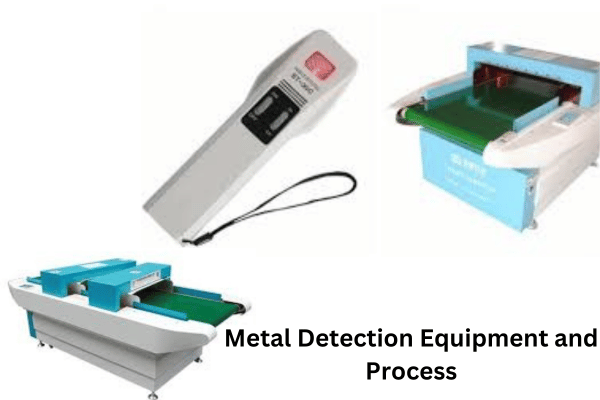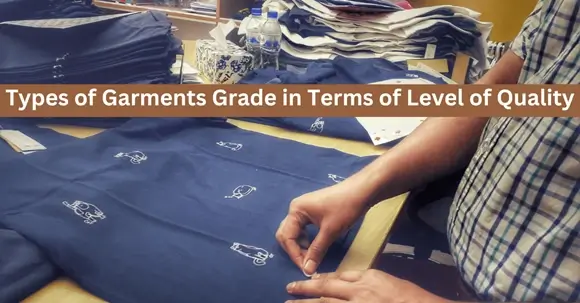Metal Detection Equipment and Process in Apparel Industry
Metal detectors are essential instruments or devices for assuring product safety and quality in the apparel industry. This contamination of garments and textiles with metals-from broken needles, pins, or miscellaneous parts of machinery-can be a possible risk at various stages of production and can seriously hamper safety for consumers and the reputation of the brand. We are presenting here Metal Detection Equipment and Process in Apparel Industry.
To counteract this threat, manufacturers have incorporated metal detectors into their production lines, which are made to detect and eliminate metallic contaminations to obtain products that pass the stringent safety levels required. The importance of this equipment is highly felt in industries where even a pin-sized fragment of metal components can be grounds for expensive recalls the turning of legal liabilities, or harm to the end user.
The metal detection process in the garments industry uses technologies such as electromagnetic fields or high-frequency sensors to process the garments and materials for any metallic impurities. This process is incorporated at critical places in the production cycle-in the cutting, sewing, and packing processes-in order to continue intensive coverage of all production quality controls.

Metal Detection Equipment and Process in the Apparel Industry:
- A separate area must be created for metal detection. This area must be enclosed and have controlled access.
- Passage through a conveyor-type metal detector must be the only method for transferring the product from the manufacturing area to the packaging area (or other metal-free area).
- Store products that have been through the metal detector separately from both the sewing floor and all products that has not passed through metal detection. Store products that have been through the metal detector in a metal-free environment, whenever possible.
- Metal detection area must be enclosed with controlled access.
- Suppliers must be equipped with conveyor-type metal detectors and hand-held detectors with sensitivity to detect a 1.2 mm diameter ferrous sphere. Metal detectors must be installed according to the manufacturer’s instructions.
- Conveyor detectors must be equipped with audible and/or visual alarms and automatic system stops.
- The customer requires the use of conveyor detectors in all Children’s Sizes and recommends the use of these for adult sizes.
- Calibration: The metal detector must be able to detect any metal part equivalent to the diameter of a 1.2 mm ferrous sphere. The sphere should be chrome steel of AISI 52100 grade with AFBMA GD 10 size tolerance, mounted on a test card.
- Machines must be calibrated with the 1.2 mm ferrous sphere test card provided; at least every 3 hours; and should be checked at the start and end of every shift.
- A 9-point calibration procedure must be followed.
- Records of calibration must be available for audit.
- Only trained and designated operators may operate the detectors.
- Hand-held and static metal detectors may only be used to locate a metal fragment when there is knowledge or suspicion of its presence.
- Metal detection should be performed on products as near to the end of production as possible – preferably on finished goods.
- Keep records of all products that pass through the metal detector. This information must be available for audit.
If metal contamination is detected, the product must be isolated and investigated further. If metal is found in / on the product and removed, and the product then successfully passes metal detection, it may be returned to stock. If the metal contamination cannot be found, quarantine the product and store it securely. Record all incidents of detected metal contamination. Update the Metal Detection Logs, and make these available for audit for one year.
Modern Metal Detection Equipment operates by becoming so sensitive that they can sense ferrous, nonferrous, and stainless steel regardless of how they are placed, whether they are big or small. Strong and solid metal detection processes safeguard not only the products of manufacturers but also exhibit high reputations in quality assurance and regulatory compliance because these have become high imperatives in today’s market, which is competitive and is now heavily consumer-conscious.



